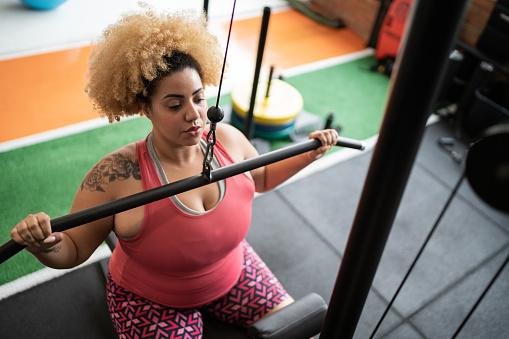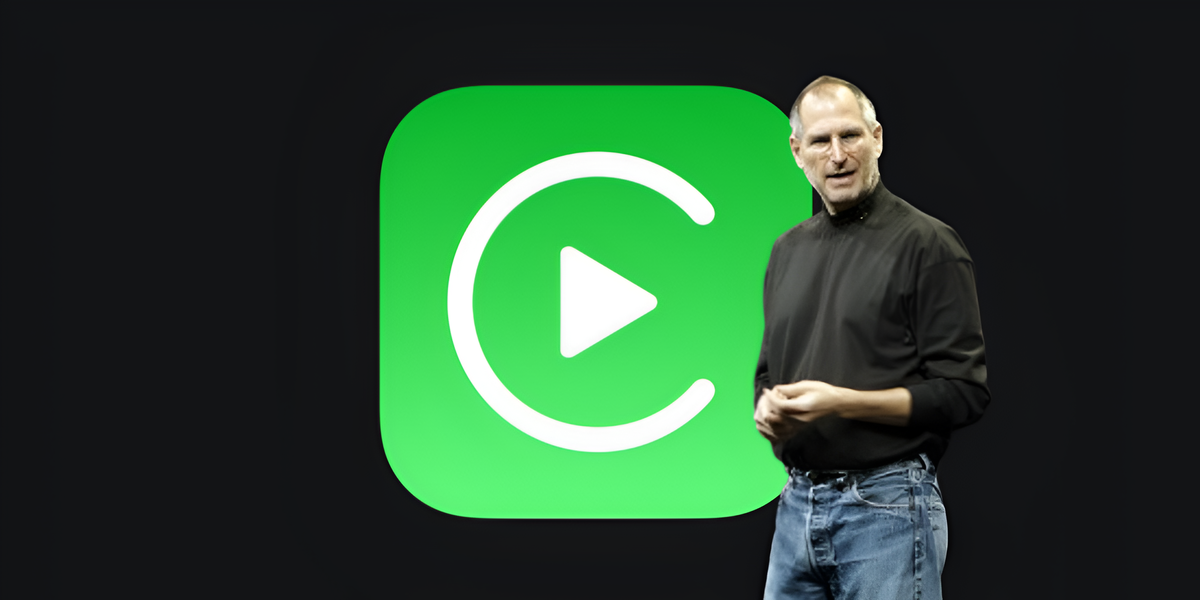This text was written by a TecMundo columnist; finally learn more.
Physical exercise, which is a type of physical activity, is generally divided into aerobic or strength exercise. World recommendations have historically prioritized the famous 150 minutes of aerobic activity or better: 2 hours and a half per week, while little stands out from the two required muscle-strengthening sessions.
One effective way to gain strength is through bodybuilding, a method that takes millions of people to the gym for health, physical conditioning, and aesthetic purposes. When dealing with the latter, the complex and multifactorial processes of hypertrophy and weight loss, namely, muscle mass gain and fat loss, respectively, come to the fore.
At the early 2023 premiere of a new scientific journal launched by the American College of Sports Medicine, the title of the first article published was: “Bodybuilding benefits: beyond hypertrophy and weight lifting.” We should think about it hypertrophy is health before aesthetics. Having more muscle mass in your body protects you and helps you live better because muscles release essential molecules for health and metabolism.
The best type of training for hypertrophy, which is considered the gold standard by science, is bodybuilding. However, in practice settings, there is a fertile ground for the dissemination of common sense information and myths and beliefs without foundation from science. Find out about the latest discoveries in bodybuilding science here.
1. Machines or free weights?
Scientific evidence supports the claim that the apparatus and how to perform the exercise do not determine the degree of muscle hypertrophy. The combination of machines and free weights is synergistic, that is, complementary. Some researchers find this comparison akin to comparing fruits with vegetables, so use both.
2. Are you used to failure?
The belief was built recently, but is unfounded in the literature. We can increase both strength and muscle hypertrophy without having to drive the exercises to a point of fatigue where it is no longer possible to complete even one rep. If done without adequate planning, failure in exercises can disrupt exercise volume, the main variable associated with muscle growth. For the more experienced, if programmed well, breaking plateaus and making training more challenging can be an effective strategy.
3. Do you stretch before or after weight training?
A growing number of articles are perhaps showing neither before nor after. Bodybuilding performed with exercises of good amplitude has the ability to gain flexibility. It is also known that stretching does not prevent injuries and does not reduce muscle soreness caused by training. Warming up before a workout is important, but this doesn’t necessarily have to be done by stretching. However, if a person feels good about yawning, there is no reason not to.
4. Does “cute training” work?
Fluff training is a popular term that refers to light, weight-bearing training. Surprisingly, science shows similar results in hypertrophy for people who train both heavily and lightly. The detail is that if the practitioner wants to train with less weight, he will need to put in more effort, bringing the exercise closer to the point of failure.
This topic is highly controversial and requires strong belief from practitioners, which is an interesting fact, as Brad Schoenfeld, one of the world’s greatest bodybuilding researchers, puts it: “People get angry at researchers for publishing or revealing studies that are incompatible with each other, and they do this by bringing letters to the post office. He likens it to getting angry for it.”
5. Make 3×8 for growth and 3×12 for definition?
The biggest myth that science has debunked recently has to do with the continuity and purpose of repetition. Historically, the recommended rep range for hypertrophy has generally been between 6 and 15, but several studies show that muscle mass gains can go from 4 to over 30. There is weight used in exercises that enable a range of repetitions and therefore hypertrophy. This is positive as it makes education more comprehensive and inclusive, with various possibilities to reinforce real-world challenges: people doing physical exercise, with or without bodybuilding.
fabio dominski He holds a PhD in Human Movement Sciences and a degree in Physical Education from Santa Catarina State University (UDESC). He is a university professor and researcher at the Sport and Exercise Psychology Laboratory (LAPE/CEFID/UDESC). He is the author of Physical Exercise and Science – Facts and Myths and presents the Physical Exercise and Science program on UDESC Joinvile radio (91.9 FM); The program is also available at: podcast on Spotify.
Source: Tec Mundo
I’m Blaine Morgan, an experienced journalist and writer with over 8 years of experience in the tech industry. My expertise lies in writing about technology news and trends, covering everything from cutting-edge gadgets to emerging software developments. I’ve written for several leading publications including Gadget Onus where I am an author.













